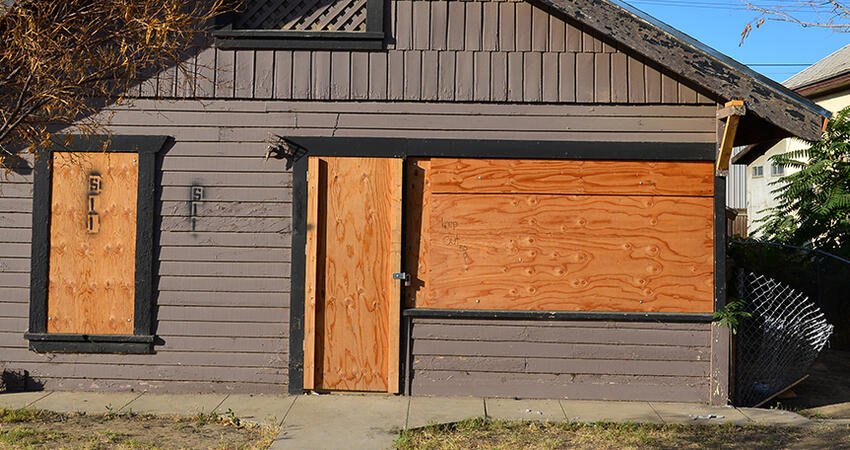
Can Long-Term Vacancy Indicate Housing Market Distress?
- Title:
- Can Long-Term Vacancy Indicate Housing Market Distress?
- Author:
-
Raven Molloy
- Source:
-
Regional Science and Urban Economics
- Publication Date:
-
2016
Long-term vacancies, nonseasonal housing units that have been vacant for abnormally extended periods, can identify neighborhoods with a surplus supply of housing, according to Raven Molloy in Regional Science and Urban Economics. Using data from the American Housing Survey, the author estimates the percentage of nonseasonal housing units that are vacant for an unusually long period (six months or more for rental units, one year or more for for-sale units, and five years or more for other vacant units) to measure long-term vacancy. Although moderate rates of long-term vacancy, equal to the national average, are not a significant issue, highly concentrated long-term vacancy is concerning, prompting Molloy to use data on vacant addresses from the US Postal Service to analyze the distribution of long-term vacant properties across neighborhoods. Finding that a few neighborhoods have highly concentrated long-term vacant units, the author examines characteristics of neighborhoods with unusually high long-term vacancy in 2013, looking at their distance to a metropolitan center, housing unit density, median house value, and median income. This analysis combines to lead the author to examine the relationship between long-term vacancy and housing market distress.
Key findings
- The proportion of long-term vacant units indicates that underutilization of the housing stock is not as pervasive as suggested by traditional measures of vacancy, meaning that many vacant units will become occupied quickly.
- While two-thirds of census tracts (neighborhoods) had long-term vacancy rates below the national average in 2013, 13 percent of neighborhoods had long-term vacancy rates more than one standard deviation above the mean.
- Many factors can lead to concentrations of long-term vacancy, as demonstrated by the four categories that neighborhoods with high long-term vacancy rates can be classified as: housing boom, declining inner-city, poor-but-stable inner-city, and declining suburban neighborhoods.
- Long-term vacancy is more strongly associated with indicators of housing market distress than standard measures of vacancy.